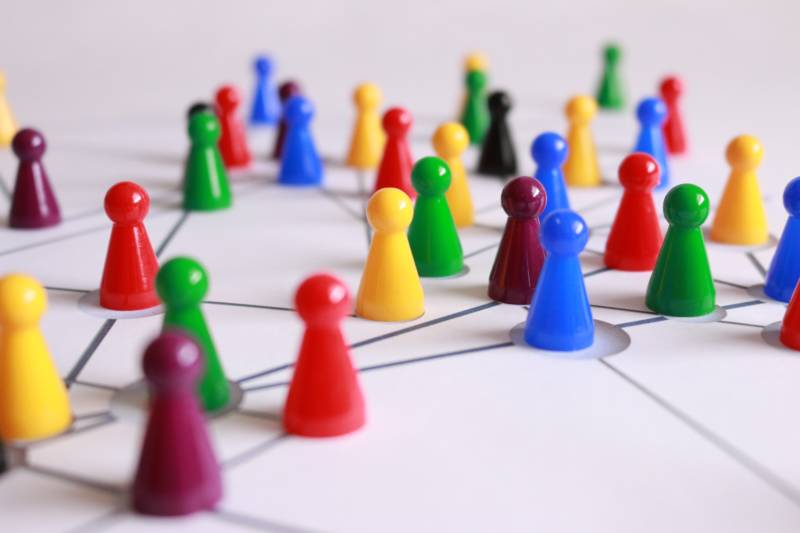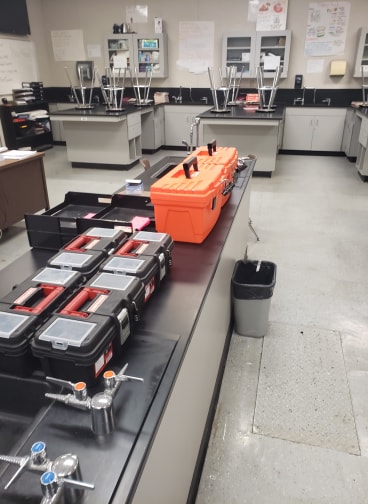When I was a student in high school, there was nothing I disliked more than a study guide. While useful in determining what I might be assessed on during a test, the actual completion of a study guide was tedious and, for the lack of a better word, boring. As a teacher, it does not surprise me that many of my students feel the same way about study guides as I did. So, when Derrick, our district’s data teacher on special assignment, suggested an alternative to the traditional study guide, I was all ears.
Instead of a traditional paper-based study guide, Derrick suggested an “escape room” format instead. The goal of an escape room is to solve a series of puzzles and riddles using clues dispersed throughout a room. There is often a theme to an escape room, and props such as locks and combinations are utilized during the problem-solving process. Escape rooms are usually completed by teams who compete to see which team can “escape” in the fastest amount of time. Derrick’s idea was to utilize this concept in the classroom, where students would answer chemistry questions from a traditional study guide to help solve puzzles and riddles on a survey tool called Qualtrics, as well as physical puzzles and locks around the room. The end result looked something like this:
The Logistics
To complete this escape room, students were provided the following:
- A traditional study guide on paper
- An online form to fill in their answers from the study guide to move on to different steps of the puzzle
- Locks, codes, and riddles for students to solve
Students began the activity by attempting the first set of problems on the study guide. Problem sets were broken down by targeted standards based on NGSS. Upon completion of each set, students could move on to the next clue or riddle. If students did not complete the problem set correctly the first time, built in hints would appear on the online form to help students. Additionally, I walked around the room to conduct progress monitoring as needed. Students were then given codes that could be used to unlock different boxes. After unlocking the boxes, students worked to complete a series of chemistry-based riddles around the classroom which in turn led to the final lock box to complete the activity.

